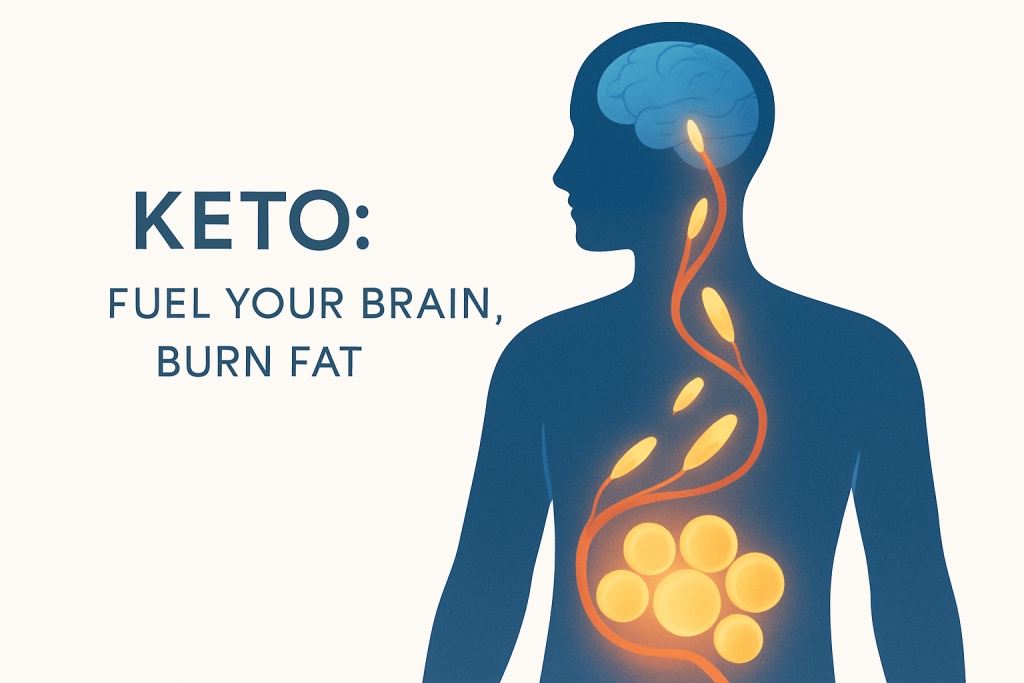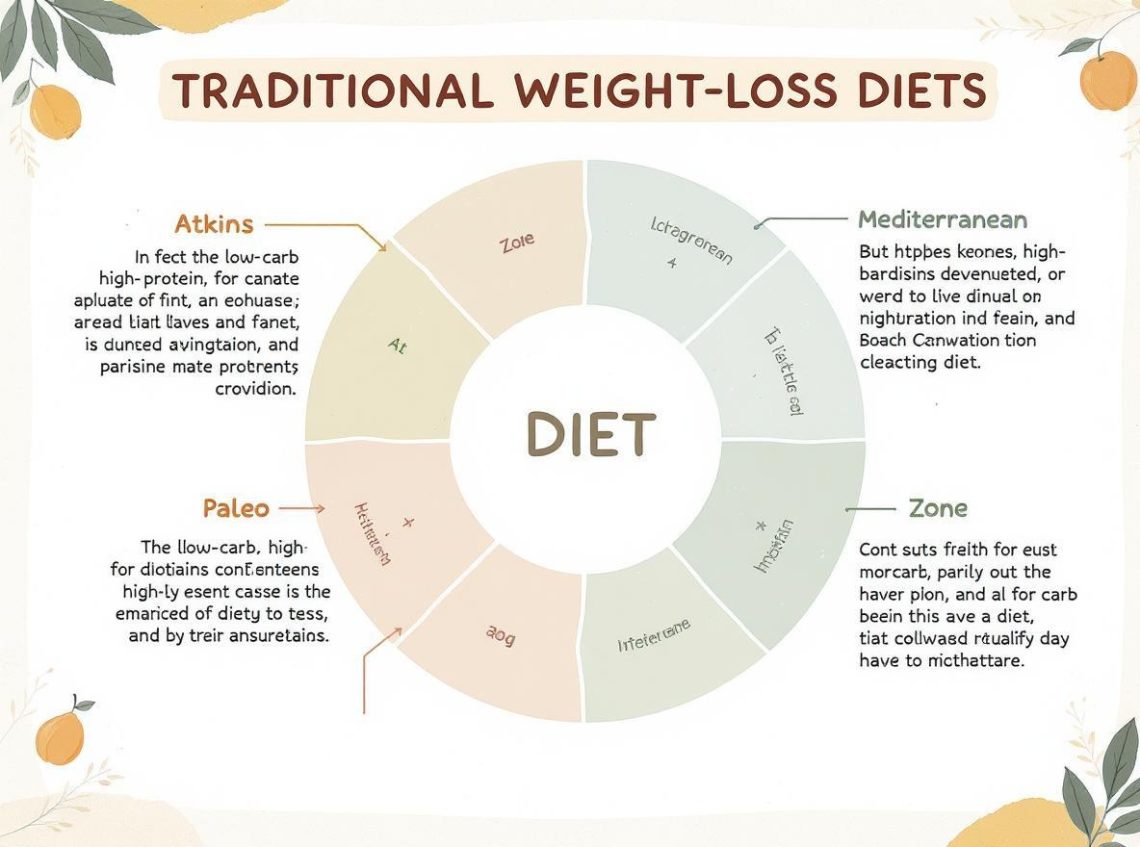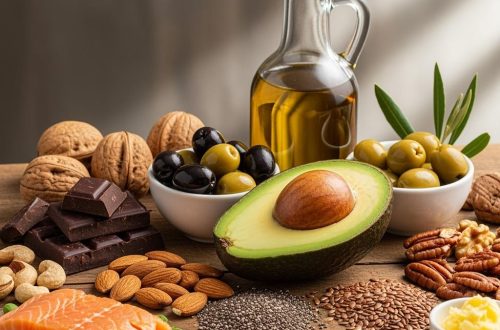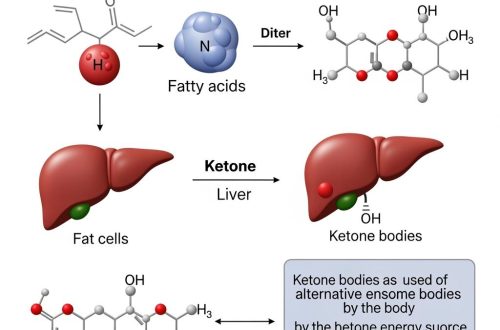Introduction to the Keto Diet
The ketogenic diet, commonly known as the keto diet, is a low-carbohydrate, high-fat eating plan that has its origins dating back to the 1920s. Originally used to treat children with epilepsy by reducing seizures, it has since become popular as a weight loss strategy among a broader population. The diet emphasizes drastically reducing carbohydrate intake and increasing fat consumption, compelling the body to burn fat rather than carbohydrates for energy.
Its resurgence in popularity is largely because it offers a distinct approach to managing weight and energy metabolism compared to traditional diets. Understanding how it works and its effects on the body helps to clarify both the benefits and potential drawbacks of this dietary pattern.
Understanding the Macronutrient Breakdown
A key feature of the keto diet is its unique distribution of macronutrients. Typically, about 5% of daily calories come from carbohydrates, which translates to fewer than 50 grams of carbs per day. This is a very low intake, roughly equivalent to a single cup of white rice. The diet excludes many common carbohydrate sources such as grains, beans, fruits, and starchy vegetables.
Protein accounts for approximately 20% of daily caloric intake, derived mainly from sources like meat, eggs, and cheese. The remaining and largest macronutrient, fat, makes up nearly 75% of daily calories on keto. Healthy fat sources include olive oil, unprocessed nuts, butter, and avocado.
This macronutrient distribution forces the body to adapt its metabolic processes, which leads to the next critical aspect of the diet – ketosis.
How Ketosis Works in the Body
Typically, glucose derived from carbohydrates serves as the body’s primary energy source. Excess glucose is stored as glycogen in the liver and muscles. When carbohydrate intake is restricted, glycogen storage is depleted, causing the body to seek an alternative fuel source.
In the absence of sufficient glucose, the body begins to burn fat for energy, converting fat stores into molecules called ketones. This metabolic state is known as ketosis. Ketones circulate in the bloodstream and provide energy to various tissues, including the brain.
Reaching and maintaining this state requires strict adherence to the low-carb diet, which can be challenging. The transition into ketosis often comes with a set of physiological effects and requires monitoring for optimal results.
Benefits of the Keto Diet
Rapid Weight Loss Potential
One of the primary reasons people turn to the keto diet is its ability to promote rapid weight loss. This initial drop in weight is often attributed to the body’s use of glycogen stores and the associated water loss that follows glycogen depletion. Additionally, many individuals report feeling less hungry while following a keto meal plan, which may help reduce overall calorie intake.
However, while short-term weight loss can appear impressive, sustaining fat loss over the long term depends on maintaining a caloric deficit and the body’s metabolic adaptations. Some experience plateaus or regain weight after discontinuing the diet. Still, the initial results can provide motivation for many dieters.
Enjoyment of High-Fat Foods
Contrary to many traditional weight-loss diets, the keto diet allows the consumption of high-fat foods that some people find satisfying. This includes foods like red meats, fatty fish, nuts, cheese, and butter. This aspect makes the diet particularly appealing for those who prefer savory and fatty foods over carbohydrate-rich options.
Despite allowing significant fat intake, health experts advise prioritizing sources of healthy fats, including monounsaturated and polyunsaturated fats found in olive oil, avocados, and fatty fish. Choosing these fats can help support cardiovascular health while following the diet.

Therapeutic Uses and Specific Groups
Beyond weight loss, the keto diet retains its established medical use in reducing seizures in children with epilepsy. Some athletes and bodybuilders also adopt the diet to quickly reduce body fat within certain time frames. Emerging research is exploring its potential benefits for neurological conditions such as Parkinson’s disease, though conclusive evidence is not yet available.
Given the complexities involved, anyone considering keto for therapeutic purposes should consult a healthcare provider before initiating the diet.
Risks and Challenges of the Keto Diet
Difficulty in Long-Term Maintenance
The restrictive nature of the keto diet poses a significant challenge for many individuals attempting to sustain it over time. The strict limitation of carbohydrates and the need to maintain ketosis without deviation can feel overwhelming.
Only those who meticulously track their food intake can reliably stay in ketosis, as the state functions like a metabolic “on-off” switch. The necessity for frequent monitoring—typically via blood tests—increases the complexity. This difficulty usually results in many people discontinuing the diet and regaining some or all lost weight.
Nutrient Deficiencies and Keto Flu
Owing to the restriction of fruits, legumes, whole grains, and various vegetables, the keto diet can drastically reduce the intake of several essential nutrients including vitamins, minerals, and fiber. This deficit may result in symptoms collectively termed the “keto flu,” characterized by fatigue, nausea, irritability, and brain fog.
Constipation is another common complaint, often due to insufficient fiber consumption. Low intakes of magnesium, potassium, and vitamin C have been associated with muscle cramps, weakened immune response, and general fatigue. These side effects highlight the importance of carefully planning the diet to avoid nutrient gaps.
Impact of Fats on Heart Health
A controversial aspect of the keto diet is its high saturated fat content, which may negatively affect cardiovascular health if not managed properly. Many people consuming keto tend to increase intake of fatty meats and processed fats, which can raise levels of LDL cholesterol, a risk factor for heart disease.
Although some fats present less danger, like those in full-fat dairy or coconut oil, moderation remains key. Elevated cholesterol from fat consumption on keto might increase the risk of heart attacks or strokes, making regular lipid profile monitoring advisable.
Kidney Health Concerns
The diet may not be suitable for individuals with existing kidney conditions, as there is some evidence suggesting keto could exacerbate kidney disease over time. Dehydration is a common issue on keto due to glycogen loss and reduced fluid retention, potentially causing electrolyte imbalances and additional strain on the kidneys.
Those with kidney disease or risk factors for kidney problems should discuss dietary changes with a healthcare provider before starting keto.
Potential for Disordered Eating Patterns
Strictly tracking food consumption can unintentionally disconnect individuals from natural hunger cues. By relying on external numbers rather than internal signals, people may develop unhealthy relationships with food.
This rigid control sometimes leads to psychological distress including guilt, binge eating, and cycles of restriction and overeating. Being intuitive about bodily signals remains an essential component of healthy nutrition.
Effects on Blood Pressure and Blood Sugar
The keto diet can cause a short-term drop in blood pressure due to changes in fluid balance and blood volume. This may lead to symptoms such as dizziness, lightheadedness, or fainting, especially upon standing.
Similarly, blood sugar levels may decline, which poses risks for individuals with diabetes or those prone to hypoglycemia. Monitoring is important to avoid harmful drops in blood glucose.
Alternative Approaches to Weight Loss
Balanced Diets and Mediterranean Eating
For sustained, long-term weight management, balanced diets that include a variety of nutrient-dense foods are often recommended. The Mediterranean diet, emphasizing plant-based foods like fruits, vegetables, whole grains, and healthy fats, is one such approach.
It promotes heart health and supports a more balanced nutrient intake, helping to avoid many pitfalls associated with keto, especially nutrient deficiencies.
Intermittent Fasting as an Alternative
Intermittent fasting involves cycling between periods of eating and fasting and can help the body enter a mild state of ketosis without the strict dietary limitations of keto.
During fasting periods, the body may utilize fat stores for energy, while eating windows allow for more diverse, balanced nutrition. This strategy may support weight loss and metabolic health while being easier to maintain in everyday life.
Expert Recommendations and Final Thoughts
No single dietary approach works universally. What fits one person’s lifestyle, physiology, and health goals might not suit another’s. Consulting a healthcare provider or registered dietitian before starting the keto diet is advisable to ensure nutritional needs are met and to minimize health risks.
Small, consistent changes in eating habits can have meaningful impacts over time. Sustainable healthy eating is often defined by balance, variety, and moderation rather than strict limitations.
Choosing the best strategy means considering the pros and cons carefully, prioritizing overall well-being alongside personal health goals.






One comment on “Understanding Keto Diet Advantages and Challenges for Informed Choices”
Comments are closed.